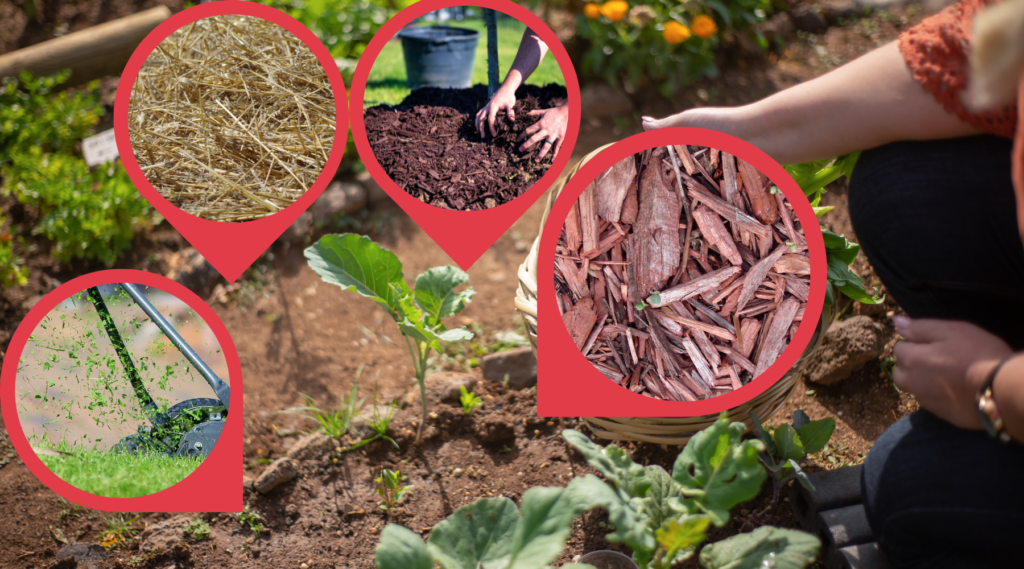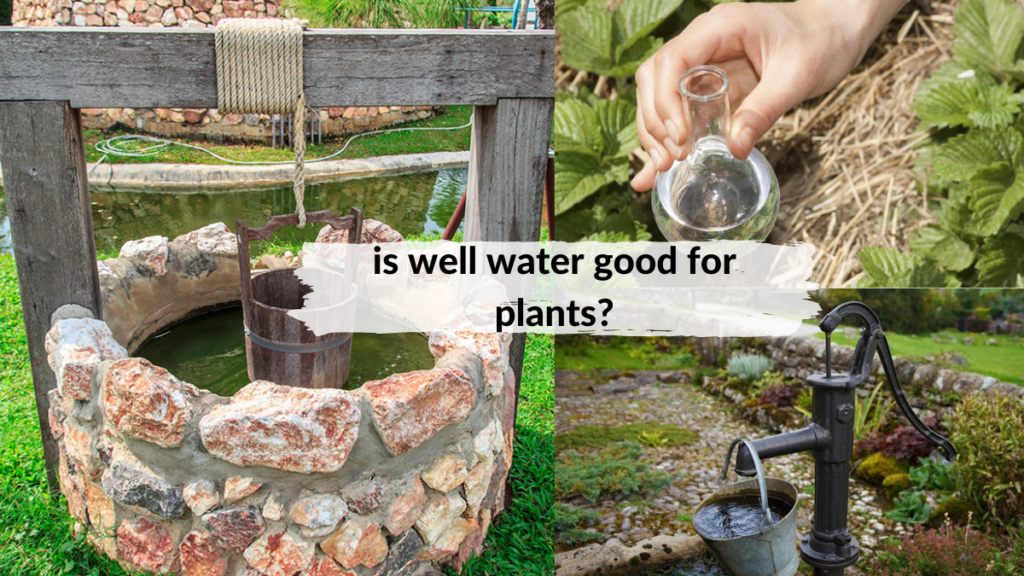A raised garden bed is an ideal solution for those with shallow soil and who wants to plant. Raised beds are usually made of wood lumber, stone, durable fabric, bricks, galvanized metal, cinder blocks, concrete, and logs.
One of the best things about a log raised garden bed is that it gives you better control over the quality, texture, and condition of the soil. You can fill it with the right soil for your plants. It also promotes natural fungal activity and buffers moisture levels.
You can use some of the leftover logs from your recent home improvement projects. If not, you can try looking for old logs from neighbours or nearby forests. You can
why opt for a cedar log raised garden bed
You can use various materials when building raised garden beds. Cedar is one of the most desired materials because it is durable. Aside from this feature, the wood is also known for these reasons:

- It doesn’t warp, shrink, or swell as easily as comparable lumber.
- Cedar logs have high-thermal insulation because its large cell cavity proportions are packed with air.
- It’s known for being decay-resistant because it can withstand severe changes in temperature or humidity.
- Cedar can resist rot for up to 40 years.
- It can be painted or left as it is, especially when using red cedar.
- The wood’s durability can be improved with regular sealer applications.
- Cedar log raised beds also add a nice visual appeal to your garden space.
You can build raised beds of various shapes, sizes, and heights to create a unique design for your garden. This type of wood is even used for different furniture pieces like the table or chairs used at the kitchen dining.
All it takes is some creativity on your part and you’ll get the best out of using this wood for your garden beds.
advantages and disadvantages of building raised garden bed from logs
As much as possible, you want to stay away from treated wood especially if you are planning to plant vegetables. Opting for a log raised garden bed offers both advantages and disadvantages. Some of these are the following:
advantages
- Log raised beds usually last 5-7 years.
- It will improve the soil with the organic matter after it has rotted away.
- Provides a rustic look to your garden.
- It’s easy to find.
- As you fill the bed with soil, you are sure that it is protected from common pests. Its height will be enough to discourage pests like snails and gophers.
- Since you can find it anywhere, it is cheaper than buying new store-bought wood pallets.
- You can easily replace the bed with more hemlock. It’s a softwood but can still help in keeping the bed up.

disadvantages
- When working with huge logs, it will be hard for you to transport.
- Since you might find it from anywhere, it is less like to find them in symmetrical sizes.
- You’ll have to work on uneven cuts and create a bed with what you found.
Depending on the materials you are planning to use, raised garden beds can be installed almost anywhere. You can add them to your balcony, patio area, or rooftop.
You’ll just to exert effort in transporting the logs to your desired location and moving it from one place to another. So, you better start building your garden bed in a more accessible area.
the difference of hugelkultur raised bed from raised garden bed using logs
For people who are not fully aware that they can use logs as the frame for their garden beds, they might mistake this to a Hugelkultur raised bed. There is a huge difference between the processes of planting with the two methods. But both methods utilize logs.
what is hugelkultur?
Hugelkultur means hill culture. Hugelkultur raised beds are composed of logs, twigs, and branches. Topsoil and organic materials such as leaves, grass clippings, straw and compost hay are added to the bed as well.
This kind of bed imitates natural woodland composting. Rotting wood can be used to build your hugelkultur-raised bed. When a fallen tree decays, organic materials grow or fall on top of the wood.
Hugelkultur raised beds offer a lot of benefits such as good drainage and water retention. The wood and organic materials make the bed resistant to flooding and rich in nutrients.
Wood needs more nitrogen as it rots. That is adding nitrogen sources to the bed in the first year of the hugelkultur bed. Some of the best sources of nitrogen include human urine, legumes, and pea. Grass clippings are also rich in nitrogen. Placing the grass clippings over the wood helps it break down faster.
the difference from raised garden bed
There are similar processes between the two but with raised garden beds, it’s pretty much straightforward. It’s a simple garden but is more productive and less stressful to tend to.
All it takes is to build the frame, fill it up with a good blend of soil, and plant the right vegetables for its growing season. After that, you just have to schedule watering the plants, add fertilizer when needed, and harvest.
design inspirations when building raised garden bed with logs
There are various design inspirations that you can try for your log raised garden beds. Just take a look at the following:
This one from mylistoflists.com is where garden edging logs were used to make the garden boxes. It has a rustic look and cost-efficient.
If you found logs in different sizes, you can create one for planting seedlings and growing vegetables to harvest time and the shorter logs for growing seedlings for transplanting. You can use this inspiration from greenfusestock.photoshelter.com.
This inspiration from s3.amazonaws.com uses a basic design but incorporated the use of square foot gardening. Vegetables will grow neatly and organized in this bed and will grow more crops.




